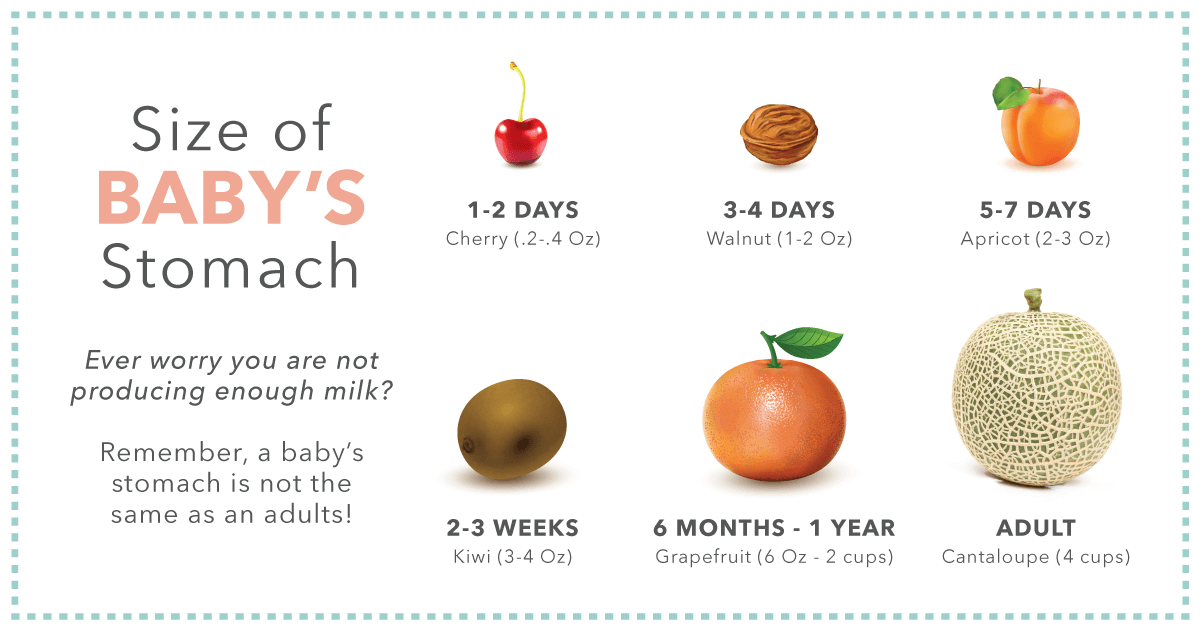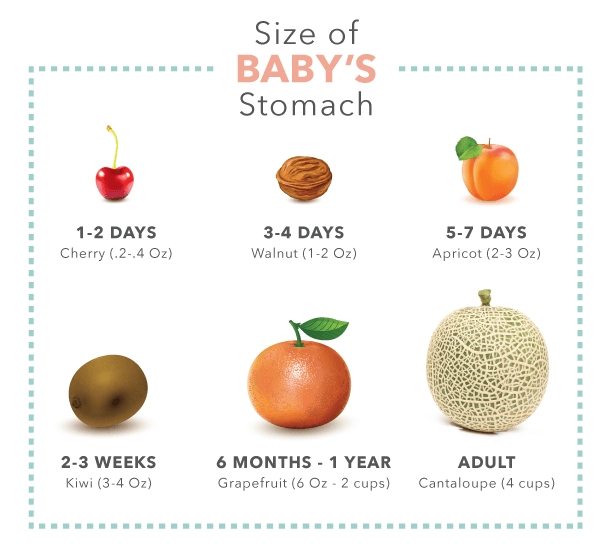how to use a breast pump
A Beginners Guide to Breast Pumping
If you're ready to master the art of breast pumping then you've come to the right place. As a new or expectant mother you've got enough to worry about, and how to use your breast pump shouldn't be one of them. That's why we've broken down pumping to an exact science to help you learn all of the dos and don'ts!
Do I Need A Breast Pump?
No, but they certainly help and it's a required benefit so you're insurance will cover a breast pump.. Breast pumping can be beneficial for a variety of different situations:
- They can relieve engorgement and prevent mastitis.
- They allow you to provide breast milk when nursing isn't an option due to latching or other complications.
- Pumps give your partner or other caregivers the ability to help out with feedings and enhance bonding with baby.
- They help you build and maintain an adequate milk supply.
- They allow you to run a quick errand or participate in date night because you can be away from baby for a few hours without missing a feeding.
- They make it easier to maintain your breast pumping goals by providing the ability to pump once you return to work.
- Many women enjoy the convenience of breast pumping on the go. Some options weigh less than a pound, so you can throw it in a bag and go! Plus, battery-powered options can be used to pump when no other power sources are available!
The Benefits Of Breastfeeding
Research has shown that breastfeeding is extremely beneficial for the health of both mom and baby, especially when you exclusively breastfeed for at least six months.
Benefits for baby:
- Breast milk is full of naturally occurring nutrition for your baby, including vitamins, proteins, and fats that provide everything needed to grow healthy, big, and strong. Plus, it's much easier to digest than formula.
- Your milk also contains antibodies to help your baby fight viruses, bacteria, illnesses, and diarrhea. Breastfed babies are often healthier and require fewer trips to the doctor with a reduced risk of developing asthma, allergies, diabetes, and obesity.
Benefits For Mom:
- Breastfeeding releases oxytocin, the hormone that can help reduce uterine bleeding and assist with returning your uterus to its normal size faster and giving birth.
- Because breastfeeding burns about an extra 500 calories a day it can help you burn fat to possibly return to your pre-pregnancy weight faster.
- Breastfeeding saves time and money! Instead of spending a ton on formula that you have to mix and heat up you can provide breast milk to your baby for free, straight from the boob!
How Do Breast Pumps Work?
If you feel as breast pumps work in mysterious ways as intricate medical devices, don't worry Mama. You've got this. They're actually pretty easy to assemble and use.
- A breast pump emulates a nursing baby by mimicking their natural suckling pattern. As infant nurses, he/she doesn't apply constant pressure to the breast. The average baby sucks about 50 to 90 times per minute, and slow down once milk is released. An electric breast pump will create this cycle of suction and release by producing one pull per second to initiate milk let down as breast milk begins to flow.
Breast pump suction mirrors baby's natural sucking through several phases:
Let Down - mimics when baby is vigorously sucking. This phase stimulates the nerves in your breasts, which signals the release of a hormone called oxytocin. The release of oxytocin will make the small muscles that surround your milk-producing tissue to contract, which squeezes milk into your ducts.
Expression - mirrors when baby's sucking slows down, and he/she is swallowing milk. This is sometimes called "suck, pause, swallow."


Leah DeShay, CLEC, IBCLC
- As breast milk is expressed from the breast it collects in a storage container. The containers are gravity fed so the milk that's released drips downward into them.
- Breast pumps come with flanges, also known as breast shields, which are funnel-shaped plastic parts that are placed over the nipple and areola to create a seal. The nipple is gently pulled into the flange tunnel to release milk. Make sure you have the correct flange size for pumping success.
Does Breast Pumping Hurt?
It can, but it shouldn't. The first 10 to 15 seconds may be uncomfortable as your nipples begin to stretch and your milk begins to flow, but that generally takes a bit of getting used to. If you experience pain, soreness, or chaffing you may need to:
Change your flange size. If your flange is too big or too small it can pinch the sides of your nipple and pull the areola inside of the tunnel.
Change positions. Make sure that your nipple is in the center of your flange. If it's off to one side it can get pulled and pinched in the flange tunnel.
Adjust the speed and suction settings. If the suction strength or speed is too high, it may cause irritation and discomfort. The highest settings are much stronger than an infant's natural suckling pattern.
Don't over pump. It takes the breasts about 15 to 30 minutes to empty. Do not pump for more than 30 minutes. If you're having trouble getting your milk to flow try using a warm compress or massaging your breasts prior to pumping.
Using a pump should be a similar sensation to comfortable breastfeeding: some pressure and gentle tugging. If you catch yourself dreading the feeling of your pumping sessions or wince while pumping, its is, quite literally, counterproductive to ignore.
How To Set Up Your New Breast Pump
Once you receive your breast pump through insurance don't feel overwhelmed once you open the box to find tubing, small parts, and bottles! We believe in you Mama, setting your pump up is easy with just a few simple steps
- Don't wait til baby arrives to set up your pump. After your delivery, you don't want to have to worry about setting your pump up. Take about an hour before your due date to put your pump together and to become familiar with how to use it.
- Bust out that instruction manual to learn about how to use your pump. Follow it's directions and store it somewhere safe. Your pump manual might have resources for troubleshooting your pump if issues arise. Plus, YouTube is another great resource for learning how to put pump parts together. Some manufacturers have educational videos as well.
- Sterilize your breast pump parts before use. Check to see if your breast pump is dishwasher safe before placing parts in there. Usually, its recommended to remove breast pump parts from the dishwasher before the drying cycles, as it can warp the parts.
- Some people prefer to boil their breast pump parts in water for about five minutes.
- Medela makes steam bags that allow you to sterilize your pump parts in a matter of minutes in the microwave.
- After your breast pump has been sterilized allow the parts to completely air dry before storing them or putting the parts together.
If you have a closed system pump do not worry about cleaning the tubing. However, it is recommended to clean your tubing with an open system breast pump. - Take your time. Be patient. Learning can take a little time, that's why it's important to get started before your little bundle of joy arrives. Most pumps have a variety of suction settings and pumping cycles to become familiar with. While it's recommended to try on your flanges before your baby is born to make sure they fit, it's not recommended to try your pump out.
- Plan ahead with breast pump accessories. The breast pump is only the tip of the iceberg! Accessories such as nursing pads, a breast pump tote bag, hands-free bra, or nursing pillow cold all be added to your registry as essential items to make expressing milk easier and more comfortable.
How To Use A Breast Pump
Now that you know how to pick a breast pump let's tacking how to breast pump. The process is simple, but it can take some getting used to.
When do I start pumping after birth?
After giving birth you can either start breast pumping right away (one to six hours afterward) to provide for your infant. If they don't have issues latching you can actually breastfeed them and wait a few weeks prior to pumping.
- Start breast pumping when you're ready to build and/or store a supply of breast milk to provide your baby with. Then remember to stick to your pumping schedule to keep your milk supply consistent.
Sleep is a big topic for new parents. During the first month, you can begin using your breast pump to store milk in order to give your partner the opportunity to feed the baby during the night. This can help your partner have bonding time and share the responsibilities of midnight feeding. It will also give you a chance to practice setting up and using your pump.
- If you're returning to work, try to start pumping a few weeks (if you have that amount of time) before you return. Waiting until the day before might be stressful and frustrating.
- Pump in the morning, that's when moms tend to get the most milk.
- Pump between feedings, either 30 to 60 minutes after nursing or an hour before breastfeeding. This will leave plenty of milk for baby during the next feeding.
- It's fine to breastfeed right after pumping, some babies are patients and will feed longer to get the milk they need.
To properly breast pump refer to the following instructions:
- Bust out that instruction manual to refresh your memory on to properly use your pump and to take note of any special features. But generally pumping is as easy as:
- Placing the breast shield on your nipple, and
- Turning your electric pump on, or squeezing the mechanism if your pump is manual. - Relax. Find a comfortable place to pump that's free from distractions. Make sure your shoulders are back and your arms are supported. Applying a warm compress to your breasts can enhance let down, the process when your milk begins to flow. Massaging your breasts before and after pumping can also help.
Don't worry if it takes your milk several minutes before your milk begins to flow. Be patient, it's not immediate at first.
Practicing pumping before you need milk can help your body get used to your pump so you'll be more comfortable with the process.
- Stick to a breast pumping schedule. Pumping at the same times each day can help your body produce more milk as demand increases. Also, looking at a picture of your baby or listening to them can help stimulate more milk.
If you're exclusively pumping them make sure you pump more frequently to store enough milk for your infant. If you're breastfeeding and pumping, pump about 30 minutes after feeding your baby or 60 minutes before.
-
 Clean your equipment as directed, as soon as you can after uses. Wash all of your equipment with warm soapy water and let them fully air dry.
Clean your equipment as directed, as soon as you can after uses. Wash all of your equipment with warm soapy water and let them fully air dry.

- Store your milk properly by labeling the date the milk was expressed storage container with a waterproof marker. Only use breast pump storage bags for freezing milk. Place the container in the back of the fridge or freezer so it's temperature will remain consistent.
- Breast milk can be stored in the refrigerator for up to five days.
- Breast milk will last for about six months in the freezer.
- Your milk will be fine for one day in a cooler.
- You can leave your milk out at room temperature for up to six hours.
How Often Should I Breast pump?
How often you breast pump depends on a few different factors such as if you want to build a bigger milk supply, if you're exclusively breastfeeding, or if you're going back to work and might be away from your baby regularly.
- If you plan to stay at home with your baby and you're available for breastfeeding, you may only need to pump occasionally. Early on, you should breastfeed or pump 8 to 10 times a day as your milk supply becomes established.
- Your breasts will make more milk when there's a higher demand for it, so it's important to breastfeed or pump regularly to boost your supply.
- If your baby feeds regularly and you only want to pump occasionally, it's best to pump in the morning. It was also help to pump in between feedings, about 30 minutes after or 60 minutes before.
How Much Milk Should I Pump?
When breast pumping be sure to fully empty both breasts. This process could take 25 to 30 minutes. Continue breast pumping for a few minutes after the last few drops of milk have passed to make sure you're done.
The amount of breast milk you produce will vary based on your baby's age, time a day, how often you pump or feed, the quality of your pump, diet, and more.
Based on your child's age, you can expect to pump:
Days 5 - 7 - Up to 2oz.
1 to 3 weeks old - Up to about 3oz.
4 weeks to six months old - up to 5oz.
Don't worry if you aren't pumping very much breast milk during the first few days after your baby is born. Their stomach is still very tiny, so it's normal to only pump about 2oz during the first 5 to 7 days.


All moms are different! Some produce more milk and others produce less. If you're concerned about your breast milk production, speak with your doctor or a lactation professional.
Bonus Breast Pumping Tips!
Once you get the hang of breast pumping, check out these times to make your life easier!
- Replace Breast Pump Parts
Your breast pump supplies need to be replaced on a regular basis to keep your pump functioning like brand new and you may qualify for replacement parts through insurance too!
Worn out breast pump parts are actually the number one cause of decreased milk supply. This is because worn out parts can lead to a decrease in breast pump suction.
- Let Down And More Milk
If you're stressed out or at work with your flanges on and can barely get a single drop of milk try to relax. Save a TV show or book to enjoy only while you pump. Also, photos of your baby or something that smells like them can help produce more milk when you're away from them.Simulating the warmth of your baby's mouth with a warm compress, a warm massage, or warm flanges can also increase your breast milk speed and out put.
Using breast massage and hand expression along with pumping with an electric breast pump is the best way to maximize milk output.
-
 Storage At Work
Storage At Work
When you pump at work, where does your milk go?! You can put it in the fridge, but be sure to label it as yours. Also, separating your milk into smaller portions will help you save milk if your baby doesn't drink a whole 8 oz.If you don't have access to a fridge at work keep your milk in an insulated cooler with ice or ice packs. Also, using milk storage bags that lay flat are easier for storing because they're easier to stack.

- Travel And The Airport
Be prepared in the airport, mama. Have your pump ready to pull out of your carry on bag and place it in a separate bin for the x-ray machine. Tell the agent that you have a breast pump. As a medical item, it will not count as a carry-on. It's best to have it in your carry one because you don't want to be separated from your ump in the event of a delay or if your checked bag is lost.You can take your breast milk on the plane in quantities higher than 3.4 oz. Tell the TSA agent that it's breast milk, and be aware that they may need to test it with a swab.
Getting Your Breast Pump Through Insurance
how to use a breast pump
Source: https://aeroflowbreastpumps.com/beginners-guide-breastfeeding-pumping
Posted by: motonandeten87.blogspot.com

0 Response to "how to use a breast pump"
Post a Comment